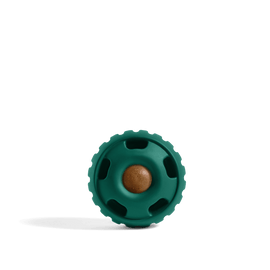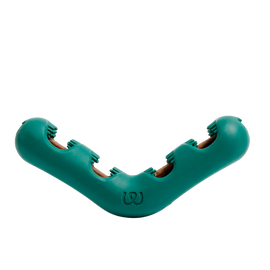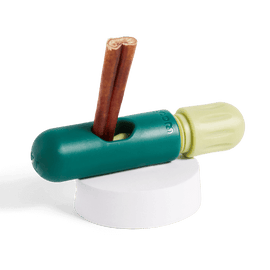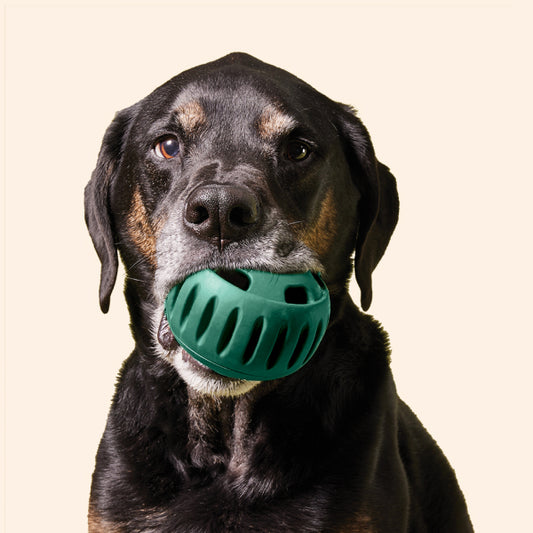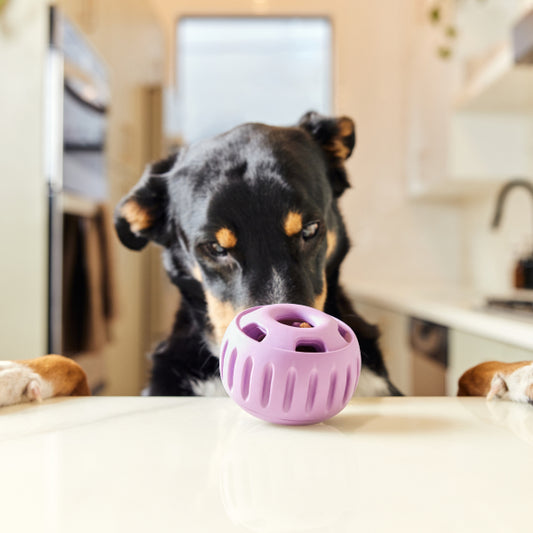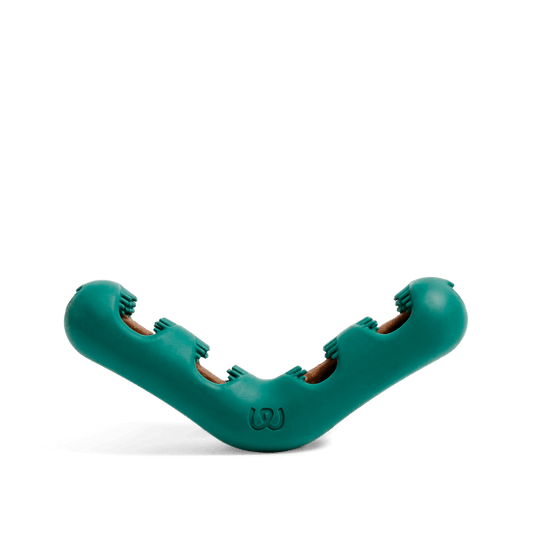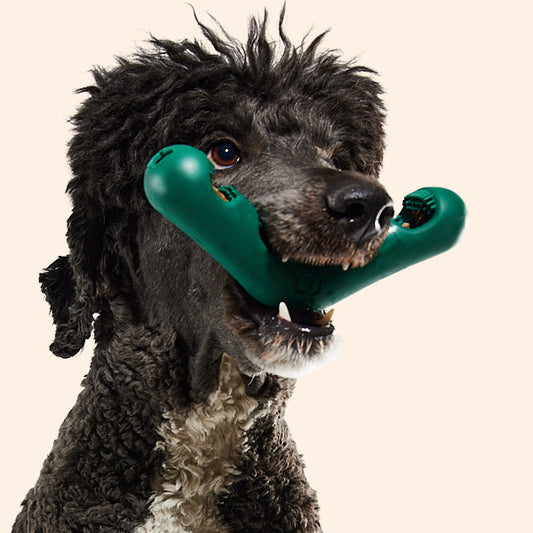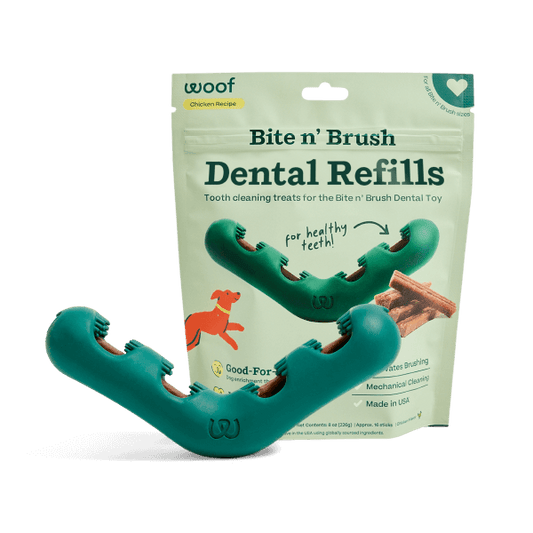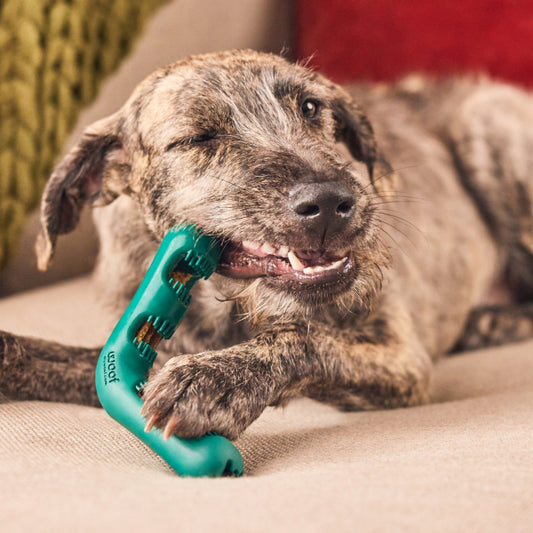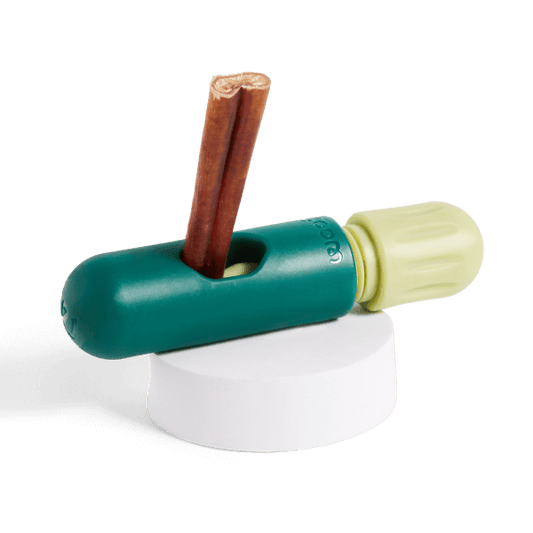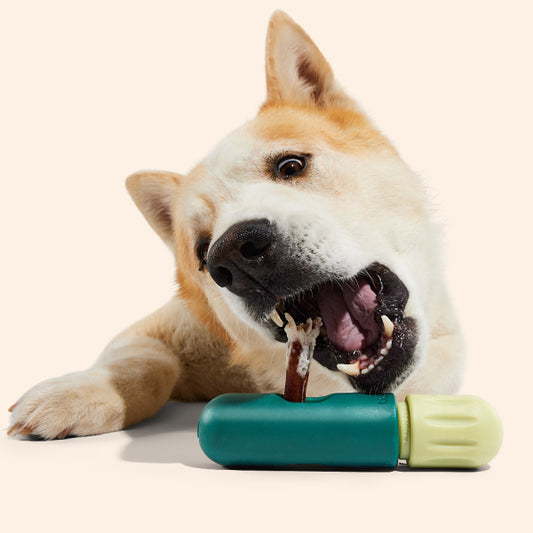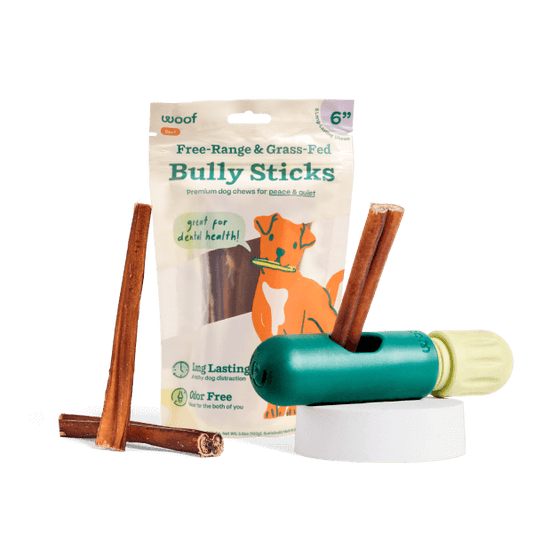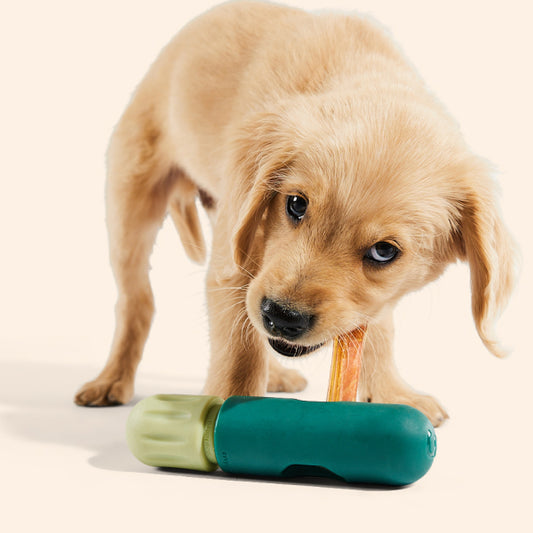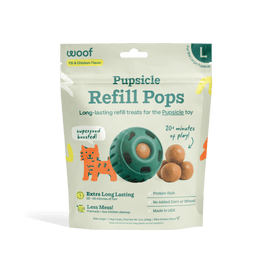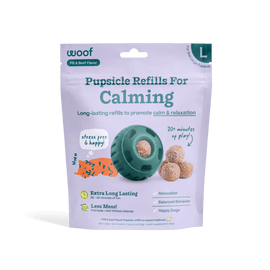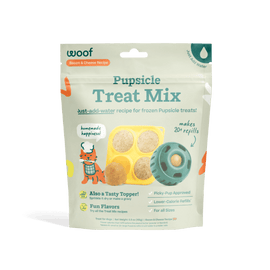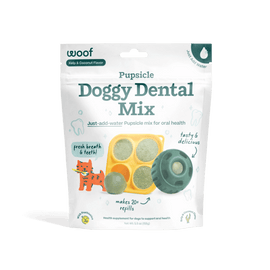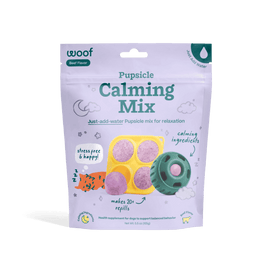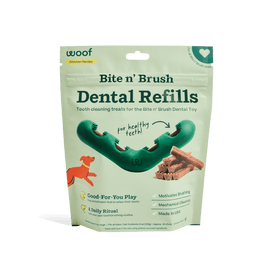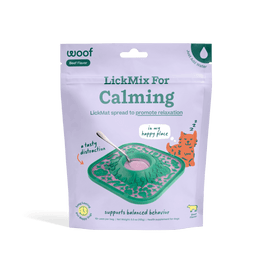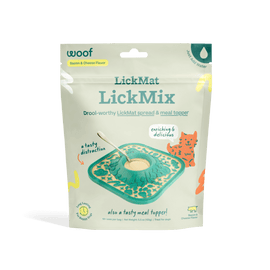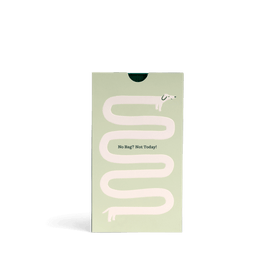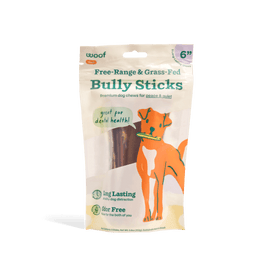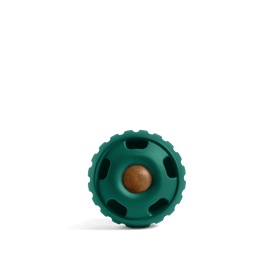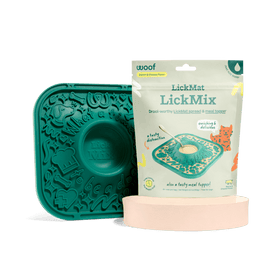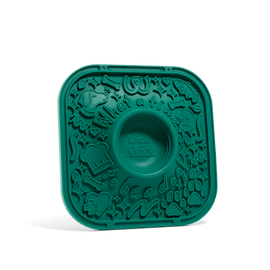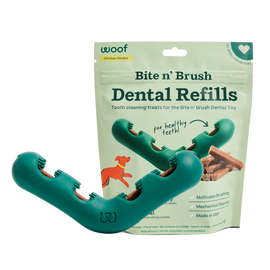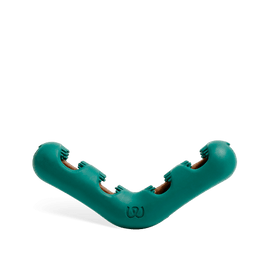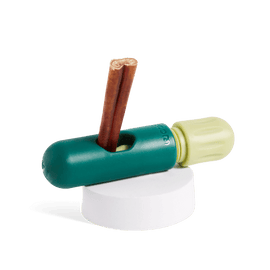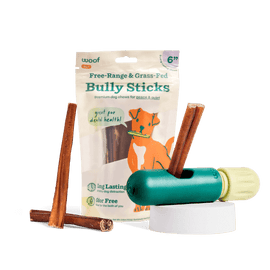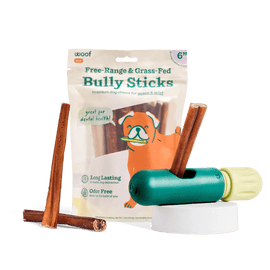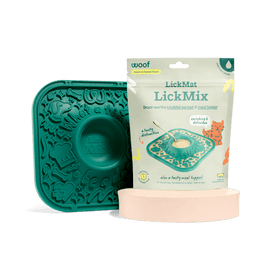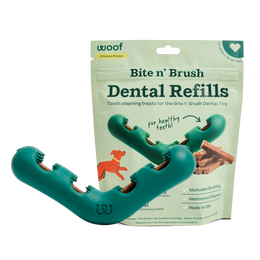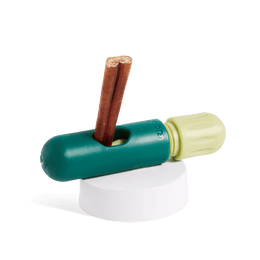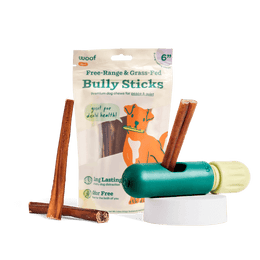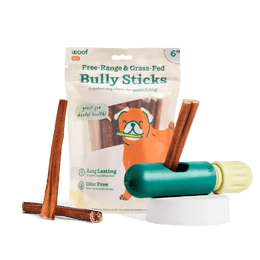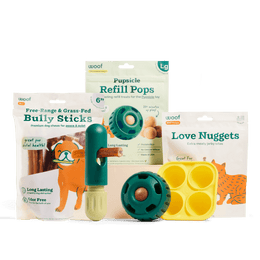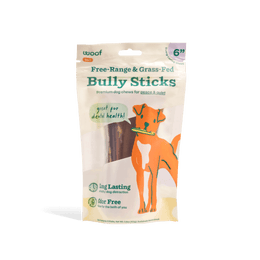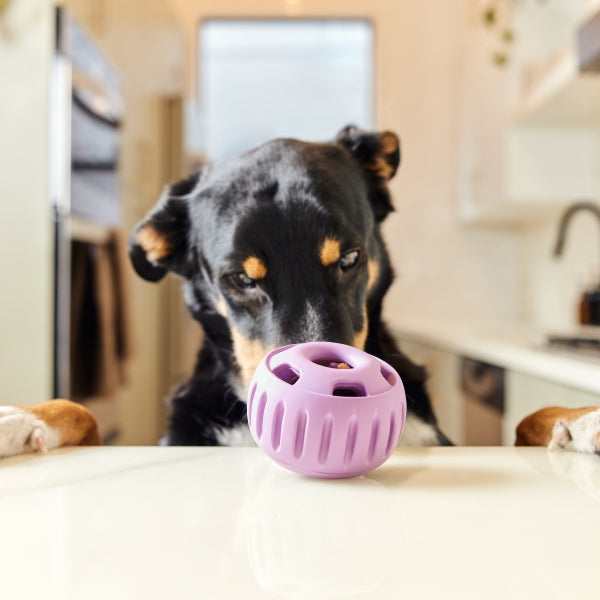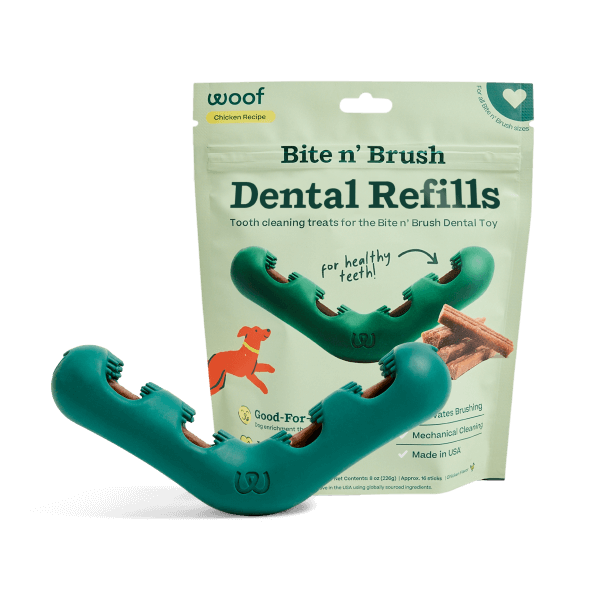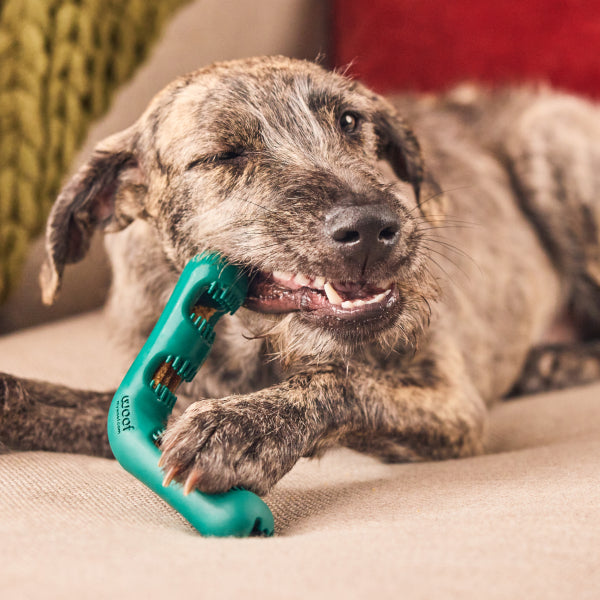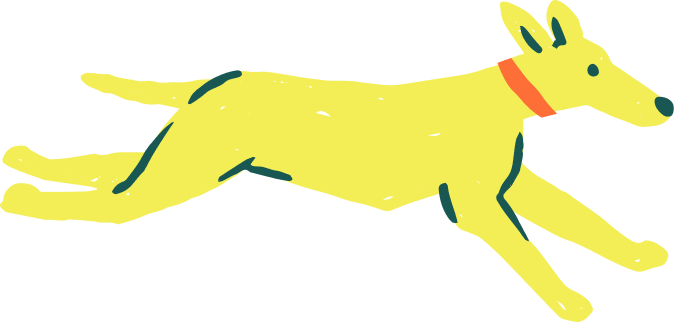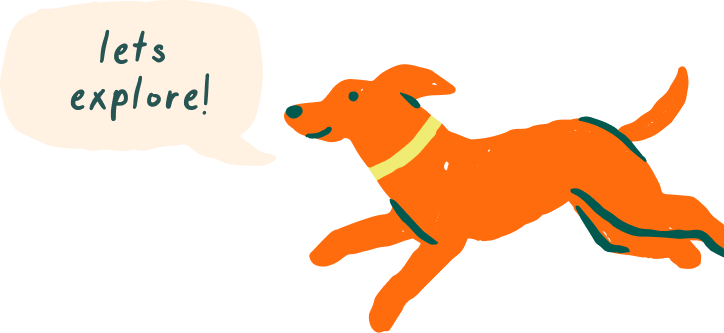If you’re dreaming of those blissful moments when your dog trots beside you—off-leash, confident, happy—you’re in the right place. Training your pup to walk off-leash might sound daunting, but with the right steps, patience, and plenty of treats, it’s totally achievable. Let’s walk through how to build trust, master commands, and enjoy safe freedom.
Every dog owner wants their furry companion to enjoy walks without the leash holding them back, but safety and control come first. In this post, we break down the essentials you need to teach your dog to walk off-leash with confidence.
Build a Strong Foundation with Obedience
Before unleashing freedom, your pup needs a rock-solid understanding of basic commands. Teach and proof commands like sit, stay, come, leave it, drop it, heel, and an emergency recall—especially "come"—in various environments. Daily, short sessions—just a few minutes each—are far more effective than longer, sporadic training sessions.
Start Small: Enclosed Area & Long Line Practice
Begin training in a secure, enclosed space: your backyard, a fenced park, or quiet dog run. Use a long-line leash (10–30 ft) so your dog can wander while you still maintain connection. Practice recalls and the "look" command—asking your dog to check in visually with you when distractions arise.
Graduate Gradually: Increase Distractions & Distance
Once your pup is confident in a calm area, slowly introduce more stimulation: other dogs, people, environments. Keep the long line on at first to catch mistakes. Reward check-ins and voluntary returns with praise and high-value treats—this reinforces that checking with you is worthwhile.
Safe Off-Leash Trials
Only when your dog responds reliably off-leash in controlled settings should you gently test real freedom. Seek quiet spaces free from traffic or crowds—natural boundaries like water or woods help. Always carry a leash to be safe. If your dog hesitates or gets distracted, calmly switch back to on-leash and reinforce commands again.
Understand Benefits & Risks
Proper off-leash training offers amazing benefits: more exercise, mental stimulation, less leash-pulling frustration, and a deeper bond built on trust and communication. Your dog gets to explore, sniff, and run naturally—it’s a big mood booster for them.
That said, risks are real: cars, wildlife, poor recall, or over-excited behavior can all lead to trouble. Some dogs—especially those with high prey drives—may never be safe off-leash in uncontained spaces. Always respect leash laws and err on the side of caution.
Make Training Fun with Rewards & Enrichment
Positive reinforcement is key: reward success generously, keep training upbeat, and end on a great note. Tools like our The LickMat and LickMat Starter Pack are perfect during or after training sessions. Spread some LickMix—like our Bacon & Cheese or Calming blends—for a rewarding, calming treat while they work on recall or reset after distractions.
Tips for Success
• Train daily in short bursts—consistency beats duration. • Stay calm—even if mistakes happen, patience wins. • Use clear cues and body language your dog can read easily. • Always carry your leash and ID tag when off-leash. • Monitor your dog’s body language—if they're unsure, end calmly and try again later.
Wrap-Up: Freedom with Responsibility
Training your dog to walk off-leash takes time—often weeks or months of steady practice. But patience pays off: you get a joyful, confident pup who delights in exploring beside you—safely and on command.
When training meets fun, consistency, and positive reinforcement, off-leash walking becomes a rewarding experience for both of you. And products like LickMat Alpha Pack or our calming LickMix help turn every training moment into a tasty win.
With Woof at your side and the right tools and techniques, those leash-free strolls are within reach. Happy training!

